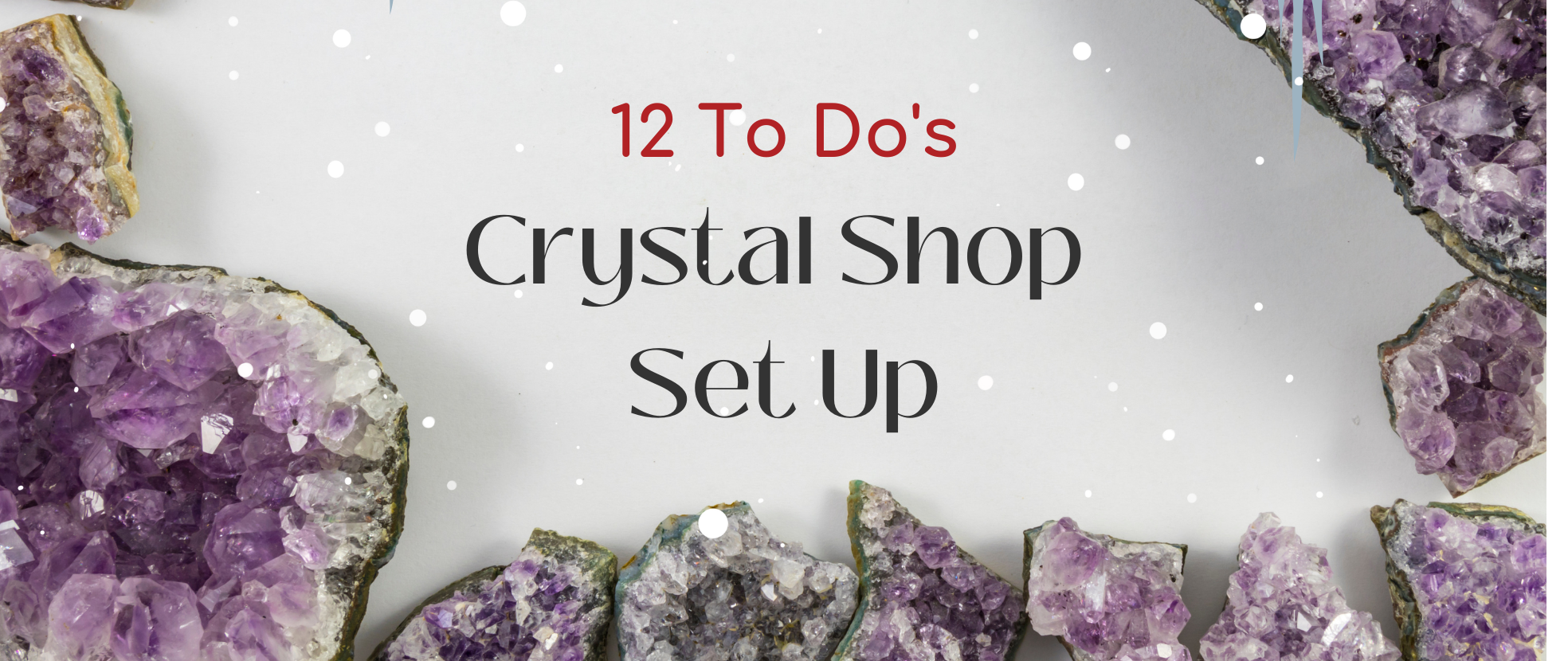Tanzanite is a trade name used to refer to the purplish blue variety of the mineral zoisite. This crystal displays various colours depending on which direction you view it (a phenomenon called pleochroism).
Due to its undeniable charm, tanzanite is widely used as a material for rings, pendants, and other jewelry pieces. It is the second most popular blue gem next to sapphire.
Read on to know more about this interesting blue gem.
The Physical Properties of Tanzanite
Tanzanite is a vitreous stone with amazingly high clarity. This transparent stone has a Mohs hardness value of 6.5 which means it is soft enough to get scratched when worn on a daily basis (i.e. as a ring). It is advisable to not wear it during activities where it can be exposed to high impact or abrasion.
Tanzanite comes in a range of blue hues: a very light blue, vivid blue, purplish blue, to violetish blue. Specimens with a stronger tone and saturation are the most valuable ones in the market. Tanzanite's blueness is produced by the stone's vanadium content.
Heating zoisite to 600 °C for 30 minutes changes the oxidation state of vanadium. This turns the blue colour of the stone to a darker shade.
This stone has pleochroic qualities which makes it appear in different colours when viewed from different angles. Some stones can look blue from one direction and look violetish blue from other directions.
The History of Tanzanite
It was Tiffany & Co., an American luxury jewelry giant that used the name tanzanite to describe blue zoisite. The stones were named after the known producer of commercial blue zoisite, in northern Tanzania.
Today, tanzanite stones can only be found in the Merelani Hills in Arusha Region, Africa. The production of tanzanite is limited in this locality, making it rare and limited in supply.
The first commercially available tanzanite had been faceted in 1967. At that time, jewelers had not heard of the gem. So Tiffany & Co. mounted a public education program to raise awareness on the value of these blue Zoisite stones.
As it rose to popularity, tanzanite was named as a new birthstone for December by the American Gem Trade Association (AGTA).

The Lore of Tanzanite
Legend has it that Maasai cattle herders were the first to discover the blue zoisite in 1967, according to the Gem Institute of America (GIA). It was after a fire caused by lightning razed some areas in Merelani.
The herders noticed that brown zoisite crystals turned into deep blue stones after being exposed to fire.
The Maasai tribe believed that tanzanite is a spiritual stone that elicits calmness and compassion.
The Metaphysical Properties of Tanzanite
Tanzanite is believed to elevate the consciousness, boost intuition, and heighten perception. Crystal healers claim that it can assist in detoxifying and energizing the body.
You can tap into this stone for calmness and healing, especially when you're in an emotionally charged situation. This is made possible through the stone's soothing blue colour.
Others believe that since it goes through intense heat before it achieves its gorgeous shade and sheen, Tanzanite can help you reach your full potential. Wearing jewelry made of tanzanite is said to help you get in tune with your true self.
Sources:
Understanding Tanzanite. (n.d.). Gem-A. Accessed at https://gem-a.com/gem-hub/gem-knowledge/tanzanite-gemstone-facts
King, H. (n.d.). Tanzanite. Geology.com. Accessed at https://geology.com/gemstones/tanzanite/
Tanzanite History and Lore. (n.d.). GIA. Accessed at https://www.gia.edu/tanzanite-history-lore
Tanzanite Meaning and Properties. (n.d.). Fire Mountain Gems and Beads. Accessed at https://www.firemountaingems.com/resources/encyclobeadia/gem-notes/gmstnprprtstnzn
Pleochroism. (n.d.). Britannica. Accessed at https://www.britannica.com/science/pleochroism
Vanadium Rainbow. (2021, March 16). LibreTexts. Accessed at https://chem.libretexts.org/Courses/Saint_Marys_College_Notre_Dame_IN/Chem_122L%3A_Principles_of_Chemistry_II_Laboratory_(Under_Construction__)/08%3A_Vanadium_Rainbow





